Shapeshifting is a common theme in mythology and folklore as well as in science fiction and fantasy. In its broadest sense, it is when a being has the ability to alter its physical appearance. The transformation may be purposeful or not, depending on whether it has been the subject of a curse or spell. In some folklore, once the shapeshifter has become transformed, it becomes progressively more difficult for it to return to its original form.
Between the sexesGender-shifting may be merely used as means of disguise: appearing as a woman allows a man to enter situations from which men are forbidden, and vice versa. Zeus disguised himself as Artemis in order to get close enough to Callisto that she could not escape when he turned himself into male form again, and raped her. More innocently, Vertumnus could not woo Pomona on his own; in the form of an old woman, he gained access to her orchard, where he persuaded her to marry him.
In Norse mythology, however, both Odin and Loki taunt each other with having taken the form of females in the Lokasenna. The ultimate proof of this was that they had given birth and had nursed their offspring. It is unknown what myths, if any, lie behind the charges against Odin, but myths documented in the 13th century have Loki taking the form of a mare to bear Odin's steed, and a she-wolf to bear Odin's bane, Fenrir.[4]
In Greek mythology, the young Tiresias was walking through a forest when he found two snakes in the act of love. He prodded them with a stick and was instantly changed into a woman. He lived in this female form for many years, and even married and had children. Years later, Tiresias came across the same snakes doing the same thing. Again she poked them with a stick, and Tiresias turned back into a man. Later in his life, he was asked by Zeus which of the two sexes enjoys sex more. Tiresias, speaking from experience, replied that it is woman, and Hera blinded him for telling her husband of the greatest secret of women. Zeus, unable to undo what his wife had done, gave the now blind Tiresias the gift of foresight. Other versions say that it was Zeus who was angered by Tiresias for saying that men did not get the most out of sex and that it was Hera who gave Tiresias the gift of foresight to comfort him.
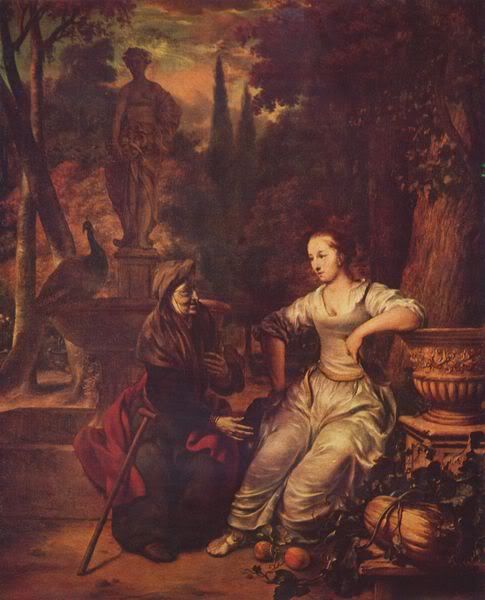 Powers
PowersIn Greek mythology, the Titan Metis, the first wife of Zeus and the mother of the goddess Athena, was believed to be able to change her appearance into anything she wanted. In one story, she was so proud, that her husband, Zeus, tricked her into changing into a fly. He then swallowed her because he feared that he and Metis would have a son that would be more powerful than Zeus himself. Metis, however, was already pregnant. She stayed alive inside his head and built armor for her daughter. The banging of her metalworking made Zeus have a headache, so Hephaestus clove his head with an axe. Athena sprang from her father's head, fully grown, and in battle armor.
In an early Mayan text, the Shapeshifter, or Mestaclocan, has the ability to change his appearance and to manipulate the minds of animals. In one tale, the Mestaclocan finds a dying eagle. Changing into the form of an eagle, he convinces the dying bird that it is, in fact, not dying. As the story goes they both soar into the heavens, and lived together for eternity.
Needed itemsSome shape-shifters are able to change form only if they have some item, usually an article of clothing. Most of these are innocuous creatures — even if they are werewolves. In Bisclavret by Marie de France, a werewolf cannot regain human form without his clothing, but in wolf form does no harm to anyone.
Another such creature is the Scottish selkie, which needs its sealskin to regain its form. In The Great Silkie of Sule Skerry the (male) selkie seduces a human woman but does no further harm.
The most common use of this motif, however, is in tales where a man steals the article and forces the shape-shifter, trapped in human form, to become his bride. This lasts until she discovers where he has hidden the article, and she can flee. Selkies feature in these tales. Others include swan maidens and the Japanese Tennin.

Historical accountsProcopius Caesarensis in his Secret History (ch. 12) gives an account about the shapeshifting of Emperor Justinian I:
And some of those who have been with Justinian at the palace late at night, men who were pure of spirit, have thought they saw a strange demoniac form taking his place. One man said that the Emperor suddenly rose from his throne and walked about, and indeed he was never wont to remain sitting for long, and immediately Justinian's head vanished, while the rest of his body seemed to ebb and flow; whereat the beholder stood aghast and fearful, wondering if his eyes were deceiving him. But presently he perceived the vanished head filling out and joining the body again as strangely as it had left it.
Another said he stood beside the Emperor as he sat, and of a sudden the face changed into a shapeless mass of flesh, with neither eyebrows nor eyes in their proper places, nor any other distinguishing feature; and after a time the natural appearance of his countenance returned. I write these instances not as one who saw them myself, but heard them from men who were positive they had seen these strange occurrences at the time.
They also say that a certain monk, very dear to God, at the instance of those who dwelt with him in the desert went to Constantinople to beg for mercy to his neighbors who had been outraged beyond endurance. And when he arrived there, he forthwith secured an audience with the Emperor; but just as he was about to enter his apartment, he stopped short as his feet were on the threshold, and suddenly stepped backward. Whereupon the eunuch escorting him, and others who were present, importuned him to go ahead. But he answered not a word; and like a man who has had a stroke staggered back to his lodging. And when some followed to ask why he acted thus, they say he distinctly declared he saw the King of the Devils sitting on the throne in the palace, and he did not care to meet or ask any favor of him.
Folklore and mythologyPopular shapeshifting creatures in folklore are werewolves and vampires (mostly of European, Canadian, and Native American/early American origin), the Huli jing of East Asia (including the Japanese kitsune), and the gods, goddesses, and demons of numerous mythologies, such as the Norse Loki or the Greek Proteus. It was also common for deities to transform mortals into animals and plants.
Although shapeshifting to the form of a wolf is specifically known as lycanthropy, and such creatures who undergo such change are called lycanthropes, those terms have also been used to describe any human-animal transformations and the creatures who undergo them. Therianthropy is the more general term for human-animal shifts, but it is rarely used in that capacity.
Other terms for shapeshifters include metamorph, skin-walker, mimic, and therianthrope. The prefix "were-," coming from the Old English word for "man" (masculine rather than generic), is also used to designate shapeshifters; despite its root, it is used to indicate female shapeshifters as well.
Almost every culture around the world has some type of transformation myth, and almost every commonly found animal (and some not-so-common ones) probably has a shapeshifting myth attached to them. Usually, the animal involved in the transformation is indigenous to or prevalent in the area from which the story derives. While the popular idea of a shapeshifter is of a human being who turns into something else, there are numerous stories about animals that can transform themselves as well.[35]
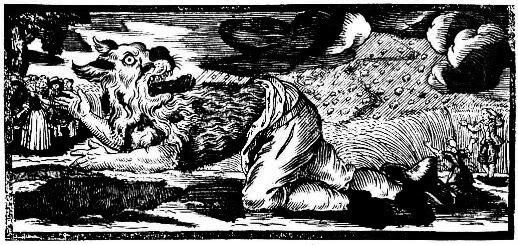
Greco-RomanShapeshifting, transformations and metamorphoses serve a wide variety of purposes in classical mythology.
Examples of shapeshifting in classical literature include many examples in Ovid's Metamorphoses, Circe's transforming of Odysseus' men to pigs in Homer's The Odyssey, and Apuleius's Lucius becoming a donkey in The Golden ***.
In Homer's, The Odyssey, the goddess Athena transforms her appearance on multiple occasions throughout: She appears to Odysseus' son Telemachus as Mentor (Mentes);She transforms herself into a girl named Dymas; a young girl; the herald of King Alcinous; a young herdsman; materializes from a young man into a tall woman, etc. She even transforms Odysseus into a beggar so that no one in his household , including the suitors, would recognize him.
Proteus among the gods was particularly noted for his shape-shifting; both Menelaus and Aristaeus seized him to win information from him, and succeeded only because they held on during his manifold shape changes. Nereus told Heracles where to find the Apples of the Hesperides for the same reason.
While the Greek gods could use transformation punitively — as for Arachne, turned to a spider for her pride in her weaving, and Medusa, turned to a monster for having sexual intercourse with Poseidon in Athena's temple — even more frequently, the tales using it are of amorous adventure. Zeus repeatedly transformed himself to approach mortals (particularly women), both as a means of gaining access:
* Danaë as a shower of gold
* Europa as a bull
* Leda as a swan
* Ganymede as an eagle
* Alcmene as her husband
or to attempt to conceal his affair from Hera
* Io, as a cloud, and Io herself as a white heifer.
More innocently, Vertumnus transformed himself into an old woman in order to gain entry to Pomona's orchard; there, he persuaded her to marry him.
In other tales, the woman appealed to other gods to protect her from rape, and was transformed (Daphne into laurel, Cornix into a crow). Unlike Zeus and other god's shape-shifting, these women were permanently metamorphosed.
In one tale, Demeter transformed herself into a mare to escape Poseidon, but Poseidon counter-transformed himself into a stallion to pursue her, and succeeded in the rape.
Humans were also transformed, for many reasons.
The seer Tiresias once saw two snakes mating and struck the female with his staff; this transformed him into a woman, and he lived as such for many years. At the end, he saw the snakes again, and this time was careful to hit the male, which restored him to male form.
Caenis, having been raped by Poseidon, demanded of him that she be changed to a man. He agreed, and she became Caeneus, a form he never lost, except, in some versions, upon death.
As a final reward from the gods for their hospitality, Baucis and Philemon were transformed, at their deaths, into a pair of trees.
Pygmalion fell in love with Galatea, a statue he had made. Aphrodite had pity on him and transformed the stone to a living woman.
In some variants of the tale of Narcissus, he is turned into a narcissus.
After Tereus raped Philomela and cut out her tongue to silence her, she wove her story into a tapestry for her sister, Tereus's wife Procne, and the sisters murdered his son and fed him to his father. When he discovered this, he tried to kill them, but the gods changed them all into birds.
Sometimes metamorphoses transformed objects into humans. In the myths of both Jason and Cadmus, one task set to the hero was to sow dragon's teeth; on being sown, they would metamorphose into belligerent warriors, and both heroes had to throw a rock to trick them into fighting each other to survive. Deucalion and Pyrrha repopulated the world after a flood by throwing stones behind them; they were transformed into people. Cadmus is also often known to have transformed into a dragon or serpent towards the end of his life.
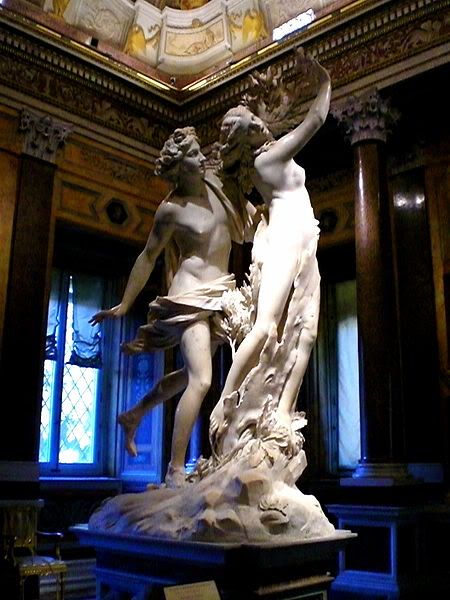
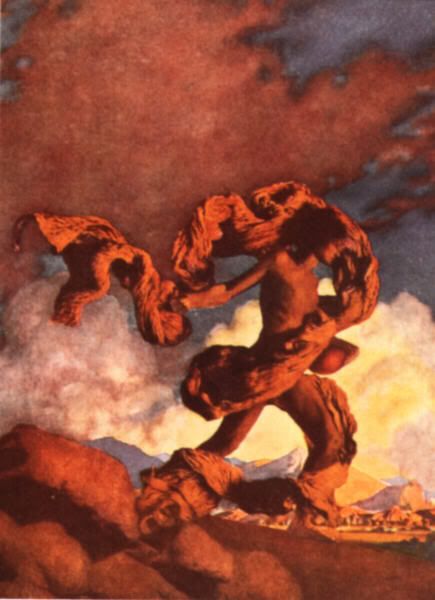 British and Irish
British and IrishFairies, witches, and wizards were all noted for their shapeshifting ability. Not all fairies could shapeshift, and some were limited to changing their size, as with the spriggans, and others to a few forms and other fairies might have only the appearance of shape-shifting, through their power, called "glamour," to create illusions.[38] But others, such as the Hedley Kow, could change to many forms, and both human and supernatural wizards were capable of both such changes, and inflicting them on others.[39]
Witches could turn into hares and in that form steal milk and butter.[40]
Many British fairy tales, such as Jack the Giant Killer and The Black Bull of Norroway, feature shapeshifting.
TatarTatar folklore includes Yuxa, a hundred-year-old snake that can transform itself into a beautiful young woman, and seeks to marry men in order to have children.
Far EastChinese, Japanese, and Korean folklore and mythology all tell of animals able to assume human shape. Though they have other traits in common—such animals are often old, they grow additional tails along with their abilities, and they frequently still have some animal traits to betray them—there are distinctions between the folklore in the various countries.
ChineseChinese mythology contains many tales of animal shapeshifters, capable of taking on human form. The most common such shapeshifter is the huli jing, a fox spirit which usually appears as a beautiful young woman; most are dangerous, but some feature as the heroines of love stories.
Madame White Snake is one such legend; a snake falls in love with a man, and the story recounts the trials that she and her husband faced.
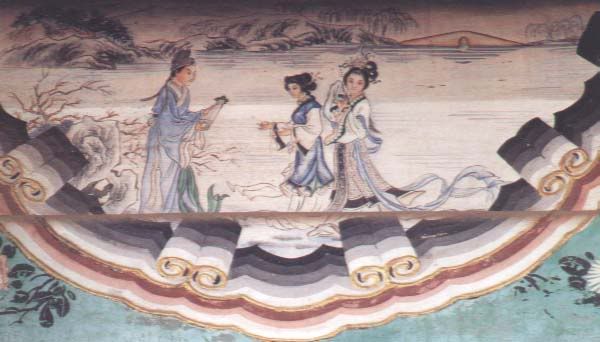 Japanese
JapaneseIn Japanese folklore many yōkai are animals with the ability to shapeshift. The fox, or kitsune is among the most common, but other such creatures include:
* Mujina
* Bakeneko
* Tanuki
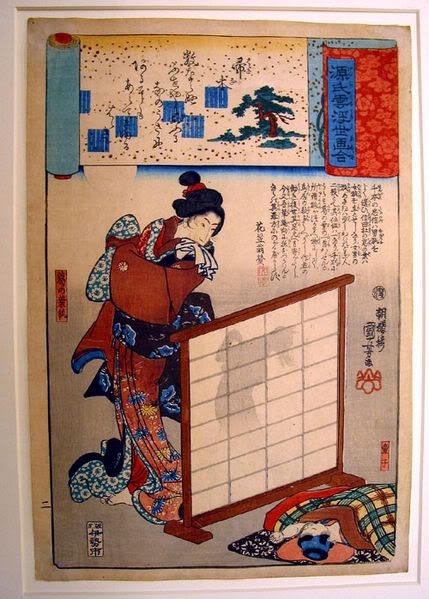 Korean
KoreanKorean mythology also contains a fox with the ability to shape-shift. Unlike its Chinese and Japanese counterparts, the kumiho is always malevolent. Usually its form is of a beautiful young woman; one tale recounts a man, a would-be seducer, revealed as a kumiho.[48] She has nine tails and as she desires to be a full human, she uses her beauty to seduce men and eat their hearts (or in some cases livers where the belief is that 100 livers would turn her into a real human).
